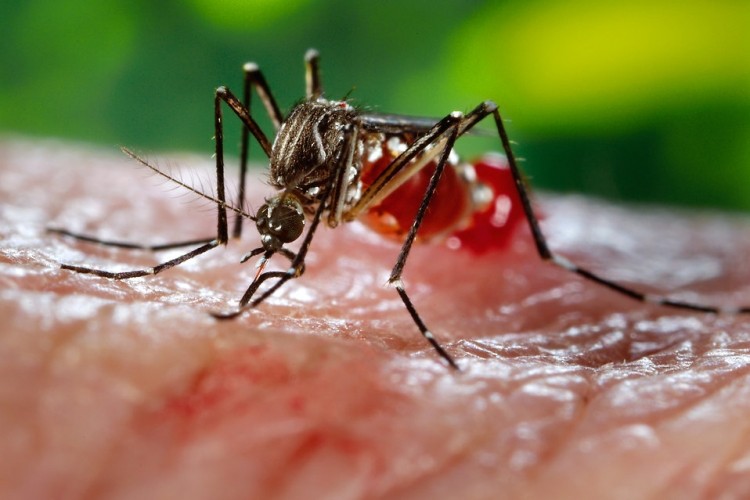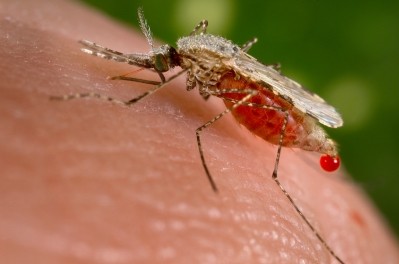CRISPR editing gives mosquitoes malaria-resistant DNA

Researchers at the University of California, San Diego and UC Irvine have altered the DNA of mosquitoes using new CRISPR-Cas9 tech so the bugs themselves are resistant to the malaria parasite.
Last year, more than half a million people died from malaria. In a paper published yesterday in the Proceedings of the National Academy of Sciences (PNAS), the California scientists describe experimenting with Anopheles stephensi mosquitoes, which account for around 12% of malaria transmission in India.
The scientists used a recently discovered tool called CRISPR (clustered regularly interspersed short palindromic repeats)-Cas9, which uses a short RNA sequence to guide an endonuclease to modify a genome, inserting and replacing DNA.
Using this technique, the team introduced an anti-malaria gene into the mosquitoes’ DNA, targeting two proteins produced during the infectious stage of the human malarial parasite Plasmodium falciparum. These are spread through “a highly specific gene conversion event with an efficiency greater than 98% in the germline of male and female mosquitoes,” explained the authors. “The genetic payload, a 17-kilobase construct, is triggered upon blood feeding by targeted mosquitoes.”
The genetic changes were transmitted to the mosquitoes’ offspring, suggesting the anti-malarial breed could spread naturally if the altered insects were released into the population.
‘Powerful weapon’
Altering mosquito genes has been attempted at least as early as 1968, and this latest try shows a good rate of allelic conversion – where chunks of DNA are successfully replaced in a “gene conversion” event. The authors say their findings “justify a degree of optimism” about real-world applications but added that they need to study the stability of this “effector” gene in different mosquito strains and environmental conditions.
They also cautioned that scientists working in this field must “interact openly and freely with the potential end users.”
“With appropriate community acceptance and regulatory oversight of the gene drive in field settings, this approach might represent a powerful weapon in the growing anti-malaria arsenal,” said the scientists.
Previous attempts at curbing malaria include sterilising male mosquitoes, and modifying the insects’ genes to give birth mostly to males, who do not spread malaria.
Source: "Highly efficient Cas9-mediated gene drive for population modification of the malaria vector mosquito Anopheles stephensi," Valentino Gantz et al., PNAS, November 23, 2015
Dnoi: 10.1073/pnas.1521077112














